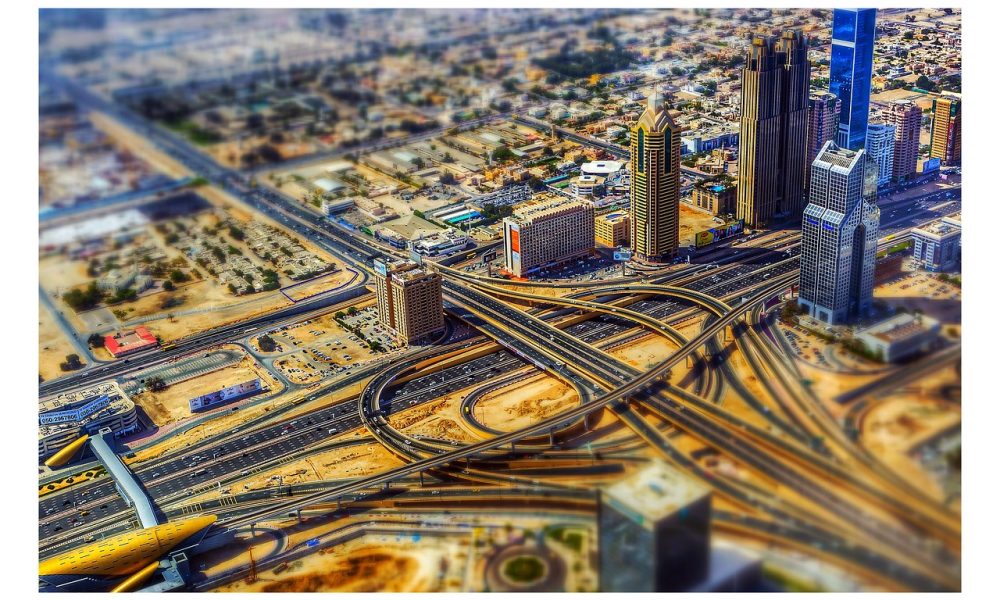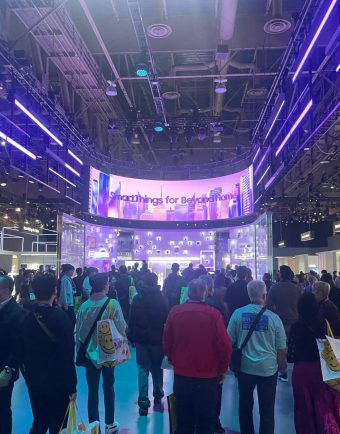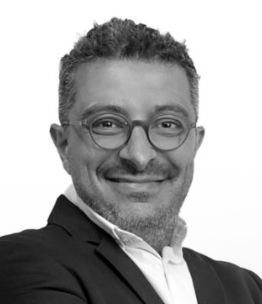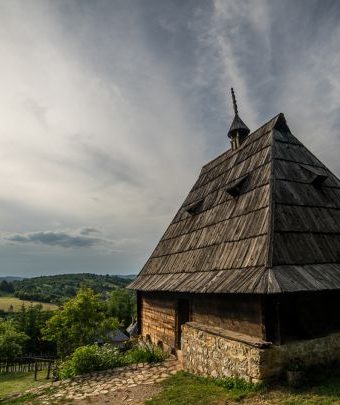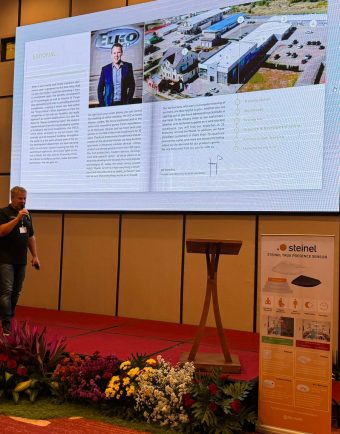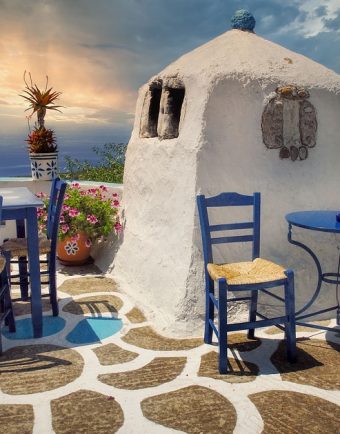For us, in that efficient building management is a huge theme of ours and we are focusing not just on the shiny projects but also on those that are gradually becoming obsolete.
I became most aware of this slowdown when I saw the annual Yahoo Index of the fastest growing urban economies. Ten or five years ago you would have found Dubai, Doha, Abu Dhabi, Kuwait City. Today, the Middle East doesn’t have a single city in the top 15. So does Europe, by the way.
The ranking is interesting, so I’ll come back to it for a moment. India is represented nine times in the top 15 fastest cities. That is also why I am very curious to see how our ForrestLink brand, which we are taking to India, will fare. We are represented by the giant distributor CAVITAK . It’s really our first serious attempt to break through with our technology in the most populous country in the world – and I’ll be sure to write to you soon about how we’re doing in the Indian market.
After all, we’re going there in May for Mumbai’s biggest Expo. (If you have a chance to meet there, please contact me or visit our stand).

In the top fifteen there is also Dhaka, Bangladesh, the Vietnamese capitals of Hanoi and Ho Chi Minh City and then three representatives of the Democratic Republic of Congo – all in the first city. At the very top of the rankings is Malappuram. A city whose economy has grown by a full third in the last year.
The loyal and stable will win
As with the media, it’s not what’s in the rankings that matters. It’s what’s not. What is missing is Europe, America, Australia and now the Middle East. Something completely unthinkable a few years ago. Today, the standard of living is so high that, despite other huge projects, growth is not in the tens, but rather in units of percentages.
For wild investors, this is a signal to move.
For stable investors, their departure is another chance.
Because they will be leaving behind projects that will need to be looked after.
Do retrofits.
Change their cost-effectiveness.
Teach local customers to calculate for the long term.
I see great hope for our ELKO EP and iNELS brands, which have been in the Middle East region for more than a decade and have hundreds of references and implementations.
We have strong relationships with consultants that are typical and absolutely key to the local business.
Our branches have matured. We are no longer being cornered on how many local people we know and what projects we will be doing. We are taking incremental steps and have actionable plans in front of us that we can execute.
But still – it is fascinating how fast life can move outside the borders of the Czech Republic. When I came to Dubai fifteen years ago, it was a completely different city than today.
Same Doha, same Kuwait City, Riyadh or Muscat.
Those cities have grown up.
The handshake is increasingly valid.
Business is becoming more standard.
Although, you only ever think that until the next unexpected moment you experience here.

